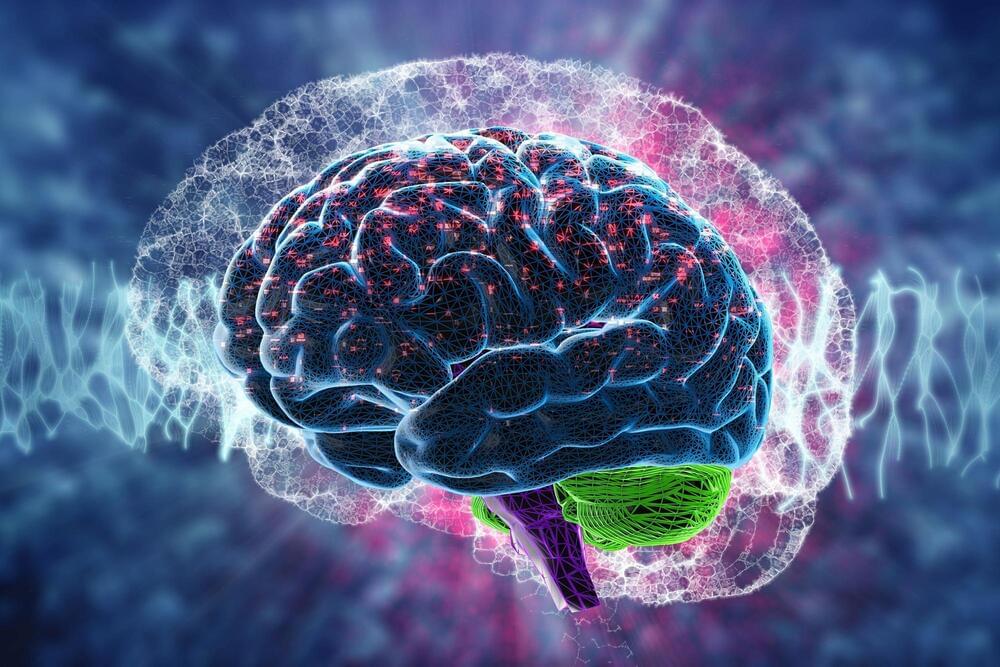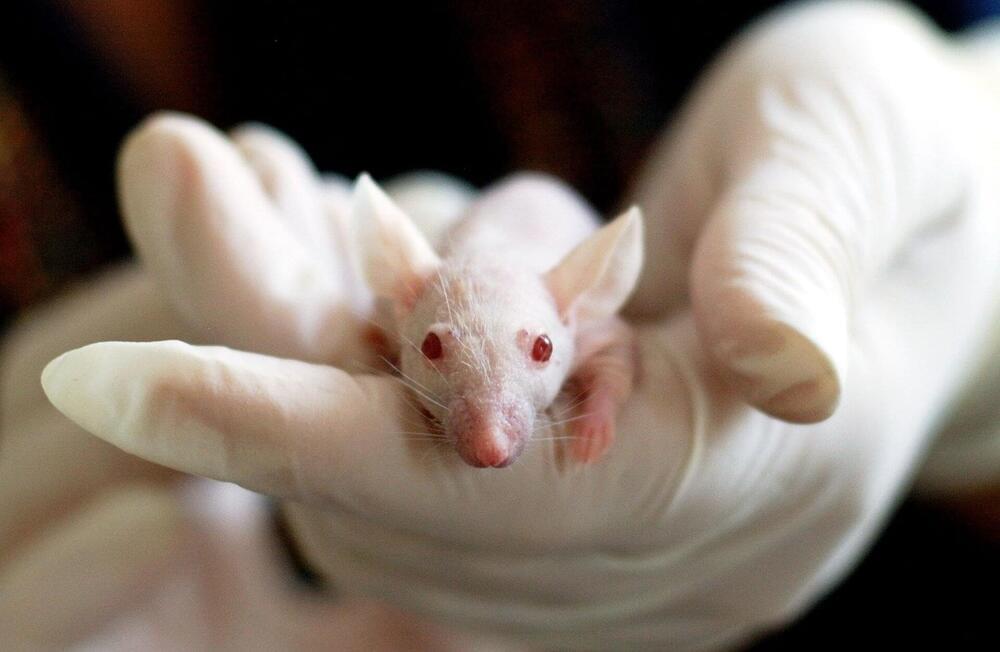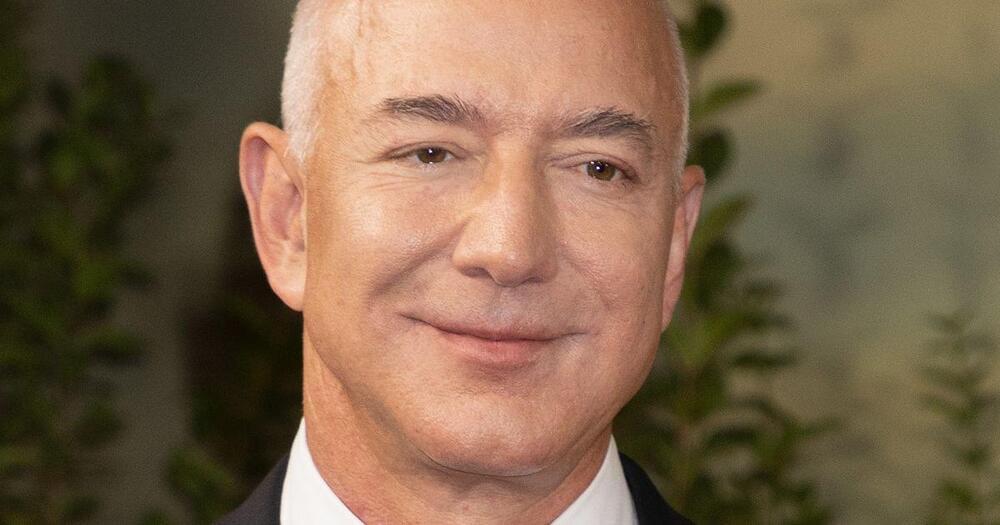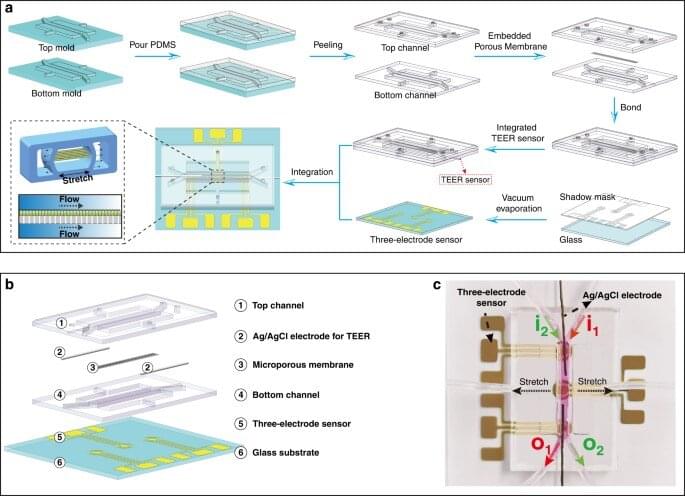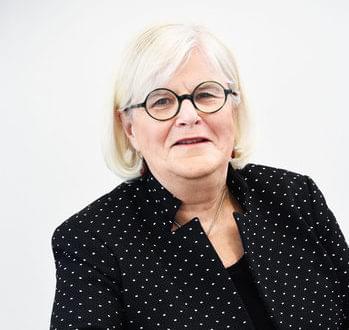𝐁𝐫𝐚𝐢𝐧 𝐀𝐫𝐞𝐚 𝐍𝐞𝐜𝐞𝐬𝐬𝐚𝐫𝐲 𝐟𝐨𝐫 𝐅𝐥𝐮𝐢𝐝 𝐈𝐧𝐭𝐞𝐥𝐥𝐢𝐠𝐞𝐧𝐜𝐞 𝐈𝐝𝐞𝐧𝐭𝐢𝐟𝐢𝐞𝐝 — 𝐃𝐞𝐟𝐢𝐧𝐢𝐧𝐠 𝐅𝐞𝐚𝐭𝐮𝐫𝐞 𝐨𝐟 𝐇𝐮𝐦𝐚𝐧 𝐂𝐨𝐠𝐧𝐢𝐭𝐢𝐨𝐧
𝘼 𝙩𝙚𝙖𝙢 𝙡𝙚𝙙 𝙗𝙮 𝙐𝙣𝙞𝙫𝙚𝙧𝙨𝙞𝙩𝙮 𝘾𝙤𝙡𝙡𝙚𝙜𝙚 𝙇𝙤𝙣𝙙𝙤𝙣 (𝙐𝘾𝙇) 𝙖𝙣𝙙 𝙐𝙣𝙞𝙫𝙚𝙧𝙨𝙞𝙩𝙮 𝘾𝙤𝙡𝙡𝙚𝙜𝙚 𝙇𝙤𝙣𝙙𝙤𝙣 𝙃𝙤𝙨𝙥𝙞𝙩𝙖𝙡𝙨 (𝙐𝘾𝙇𝙃) 𝙧𝙚𝙨𝙚𝙖𝙧𝙘𝙝𝙚𝙧𝙨 𝙝𝙖𝙨 𝙢𝙖𝙥𝙥𝙚𝙙 𝙩𝙝𝙚 𝙥𝙖𝙧𝙩𝙨 𝙤𝙛 𝙩𝙝𝙚 𝙗𝙧𝙖𝙞𝙣 𝙩𝙝𝙖𝙩 𝙨𝙪𝙥𝙥𝙤𝙧𝙩 𝙤𝙪𝙧 𝙖𝙗𝙞𝙡𝙞𝙩𝙮 𝙩𝙤 𝙨𝙤𝙡𝙫𝙚 𝙥𝙧𝙤𝙗𝙡𝙚𝙢𝙨 𝙬𝙞𝙩𝙝𝙤𝙪𝙩 𝙥𝙧𝙞𝙤𝙧 𝙚𝙭𝙥𝙚𝙧𝙞𝙚𝙣𝙘𝙚 — 𝙤𝙩𝙝𝙚𝙧𝙬𝙞𝙨𝙚 𝙠𝙣𝙤𝙬𝙣 𝙖𝙨 𝙛𝙡𝙪𝙞𝙙 𝙞𝙣𝙩𝙚𝙡𝙡𝙞𝙜𝙚𝙣𝙘𝙚. 𝙁𝙡𝙪𝙞𝙙 𝙞𝙣𝙩𝙚𝙡𝙡𝙞𝙜𝙚𝙣𝙘𝙚 𝙞𝙨 𝙖𝙧𝙜𝙪𝙖𝙗𝙡𝙮 𝙩𝙝𝙚 𝙙𝙚𝙛𝙞𝙣𝙞𝙣𝙜 𝙛𝙚𝙖𝙩𝙪𝙧𝙚 𝙤𝙛 𝙝𝙪𝙢𝙖𝙣 𝙘𝙤𝙜𝙣𝙞𝙩𝙞𝙤𝙣. 𝙄𝙩 𝙥𝙧𝙚𝙙𝙞𝙘𝙩𝙨 𝙚𝙙𝙪𝙘𝙖𝙩𝙞𝙤𝙣𝙖𝙡 𝙖𝙣𝙙 𝙥𝙧𝙤𝙛𝙚𝙨𝙨𝙞𝙤𝙣𝙖𝙡 𝙨𝙪𝙘𝙘𝙚𝙨𝙨, 𝙨𝙤𝙘𝙞𝙖𝙡 𝙢𝙤𝙗𝙞𝙡𝙞𝙩𝙮, 𝙝𝙚𝙖𝙡𝙩𝙝, 𝙖𝙣𝙙 𝙡𝙤𝙣𝙜𝙚𝙫𝙞𝙩𝙮. 𝙄𝙩 𝙖𝙡𝙨𝙤 𝙘𝙤𝙧𝙧𝙚𝙡𝙖𝙩𝙚𝙨 𝙬𝙞𝙩𝙝 𝙢𝙖𝙣𝙮 𝙘𝙤𝙜𝙣𝙞𝙩𝙞𝙫𝙚 𝙖𝙗𝙞𝙡𝙞𝙩𝙞𝙚𝙨 𝙨𝙪𝙘𝙝 𝙖𝙨 𝙢𝙚𝙢𝙤𝙧𝙮.
A team led by University College London (UCL) and University College London Hospitals (UCLH) researchers has mapped the parts of the brain that support our ability to solve problems without prior experience – otherwise known as fluid intelligence.
Fluid intelligence is arguably the defining feature of human cognition. It predicts educational and professional success, social mobility, health, and longevity. It also correlates with many cognitive abilities such as memory.
Fluid intelligence is thought to be a key feature involved in “active thinking” – a set of complex mental processes such as those involved in abstraction, judgment, attention, strategy generation, and inhibition. These skills can all be used in everyday activities – from organizing a dinner party to filling out a tax return.
